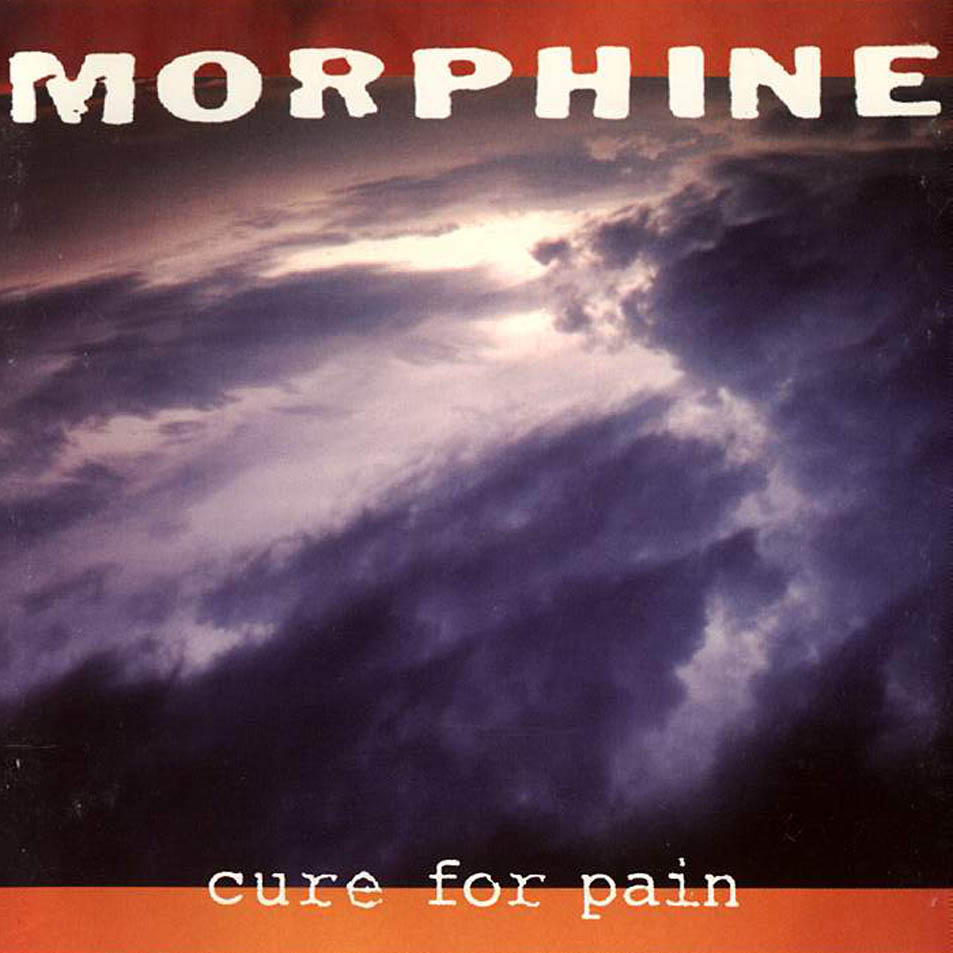Now Playing
Current DJ: CHIRP DJ
A Place To Bury Strangers I'm Hurt from See Through You (Dedstrange) Add to Collection
Requests? 773-DJ-SONGS or .(JavaScript must be enabled to view this email address)
 During my brief time living in Boston, I wasn’t nearly as big a Rock music fan as I am now. In college, my exposure to music was still pretty much limited to what I picked up from school marching band, the a-cappella group I sang in, and Top 40 radio (which, compared to today’s offerings, I now realize wasn’t all that bad).
During my brief time living in Boston, I wasn’t nearly as big a Rock music fan as I am now. In college, my exposure to music was still pretty much limited to what I picked up from school marching band, the a-cappella group I sang in, and Top 40 radio (which, compared to today’s offerings, I now realize wasn’t all that bad).
I was still too young to appreciate what was going on artistically at the cutting edges of music in the Northeast, and I was definitely too poor to get to the bars and clubs to see the bands that made up the local emerging alternative scene, or “college rock” as it was known back then. The band I saw most often live was a group a college classmate of mine put together called Hot Spanky Porpoise. I always thought they were pretty good, but the $1 pitchers of Milwaukee’s Finest (the beer of choice for broke undergrads) probably influenced my judgment.
Eventually I did manage to get a little hip to what was happening, and come away from Beantown with a few musical gems in my collection. Cure for Pain is one of my favorites.
Being a massive college town, a lot of the rock music coming from the left end of the dial in the Boston/Cambridge area was tinny, garage-y, and modish – the sound of players using a punk aesthetic as cover for the fact that they were just starting to figure out how to play.
Morphine, with their unusual instrumentation and solid chops, was one of a handful of area bands that managed to cut through the din and get noticed nationally. Most of the songs on this, their second album, featured Mark Sandman on two-string slide bass, Dana Colley on baritone sax, and Jerome Deupree on percussion (he was later replaced in the band by Billy Conway).
With Sandman’s melodic baritone voice crooning poetic, noir lyrics about drug addiction (the title track), infidelity (“Thursday”), and general regret about choices made in life (“I’m Free Now,” “In Spite of Me”), the sound was something they termed Low Rock – deep, bottom-heavy and bluesy, more roadhouse than garage. It’s the kind of music that would be right at home in an early Tarantino film, with a sound that could appeal to fans of jazz and blues as well as rock.
This was one of the first albums I heard that really cemented the idea of “alternative” music in my head, the term not just being a marketing tag but a concept of taking guitar-based rock and pop music in truly different directions from what I was familiar with at the time while still remaining in the form.
This album got the band attention from outside New England, which led to appearances on MTV and a couple of soundtracks for film and television, but their path to success was cut tragically short. After the band cut two more records, Sandman died of a heart attack in 1999 after collapsing onstage at a show in Italy, and the rest of the group broke up immediately after.
This was definitely another case of What Might Have Been, especially with a band with such an original and solid sound that still packs a punch to this day. It’s worth listening to anywhere, but to get the maximum effect, I still find it sounds best played right after sunset, with the lights turned down and a glass of your favorite strong beverage in hand. All the better to match the sultry, introspective mood of this outstanding album.
Next entry: This Week with CHIRP Radio (Week of June 20, 2011)
Previous entry: CHIRP Radio Reading List (6/13/11 Ed.)